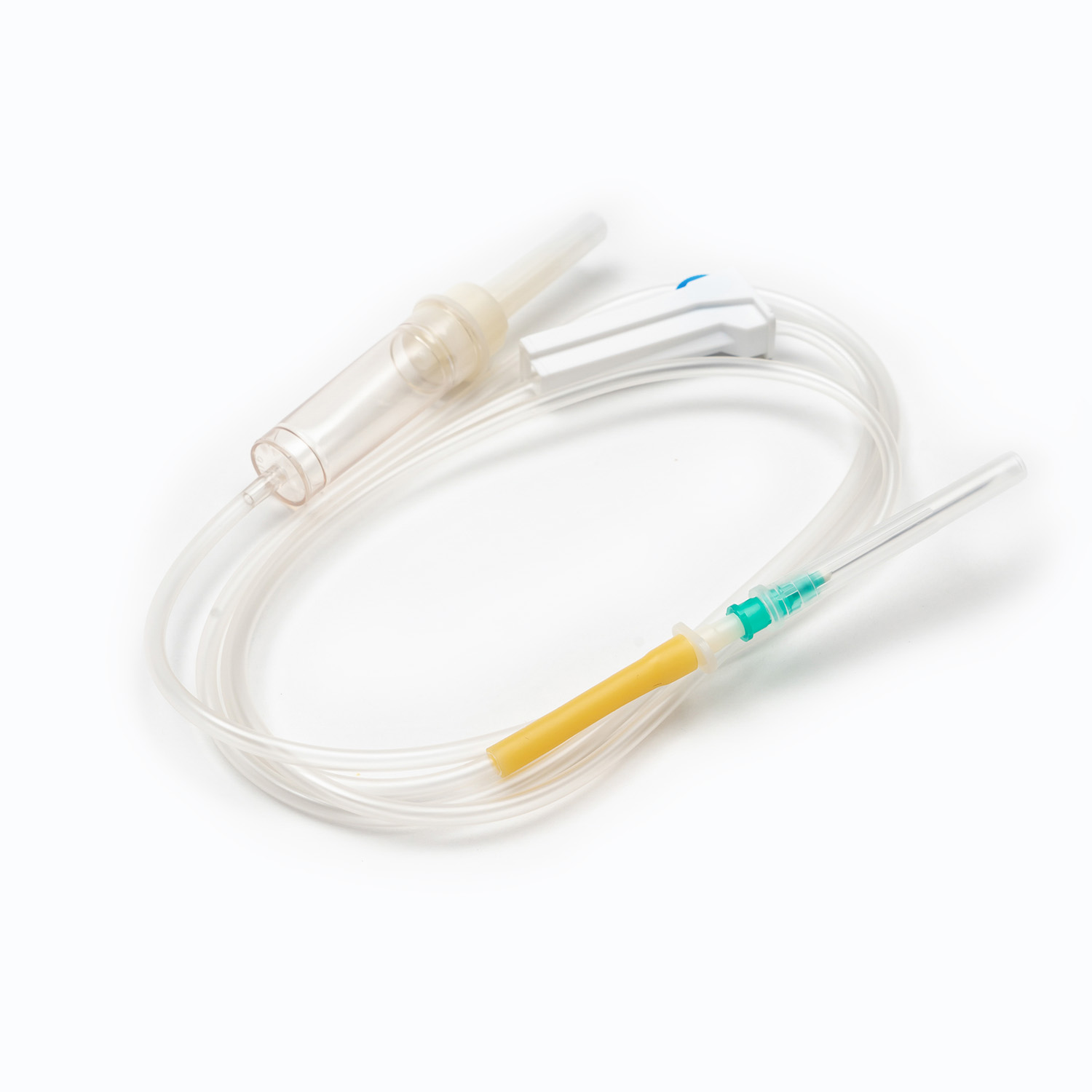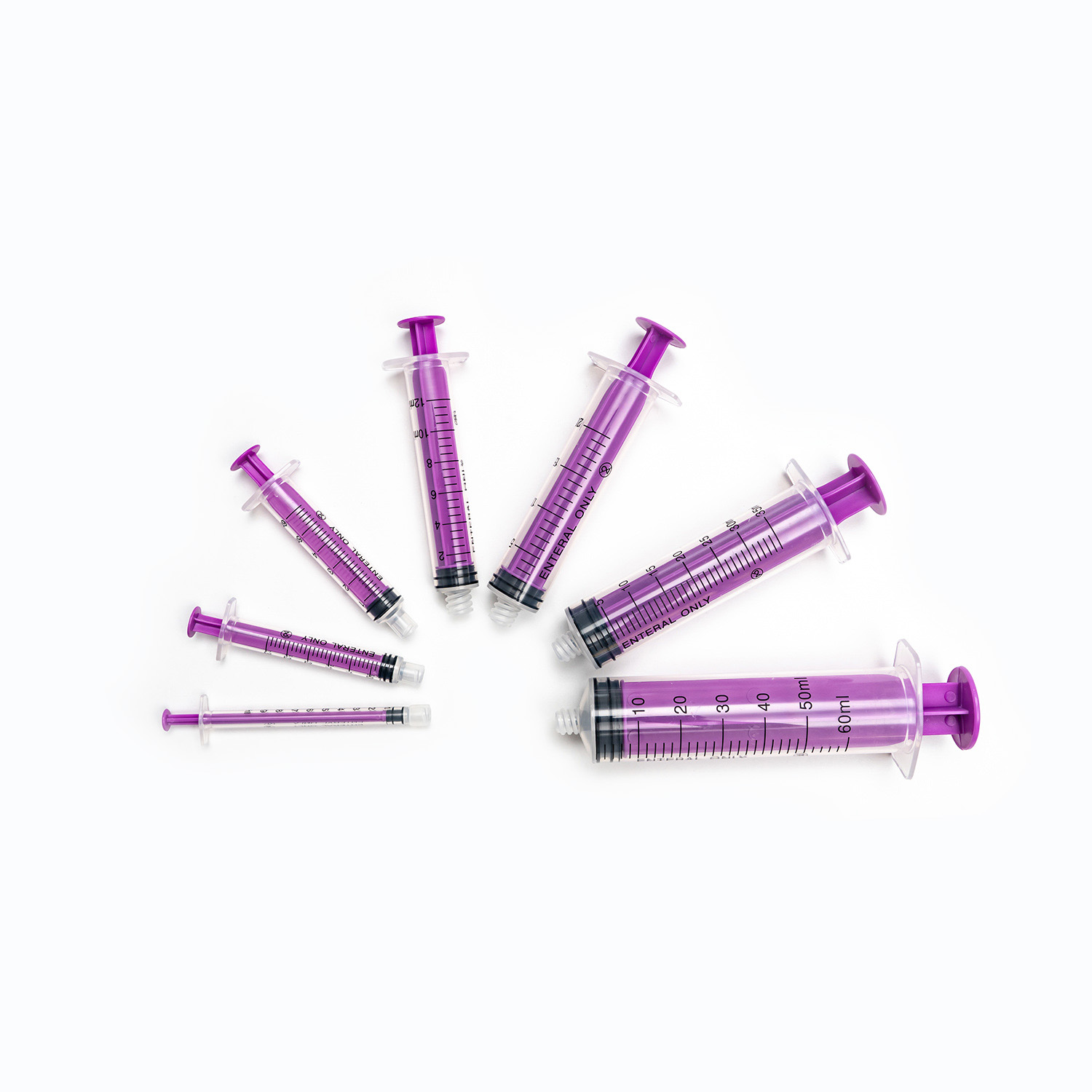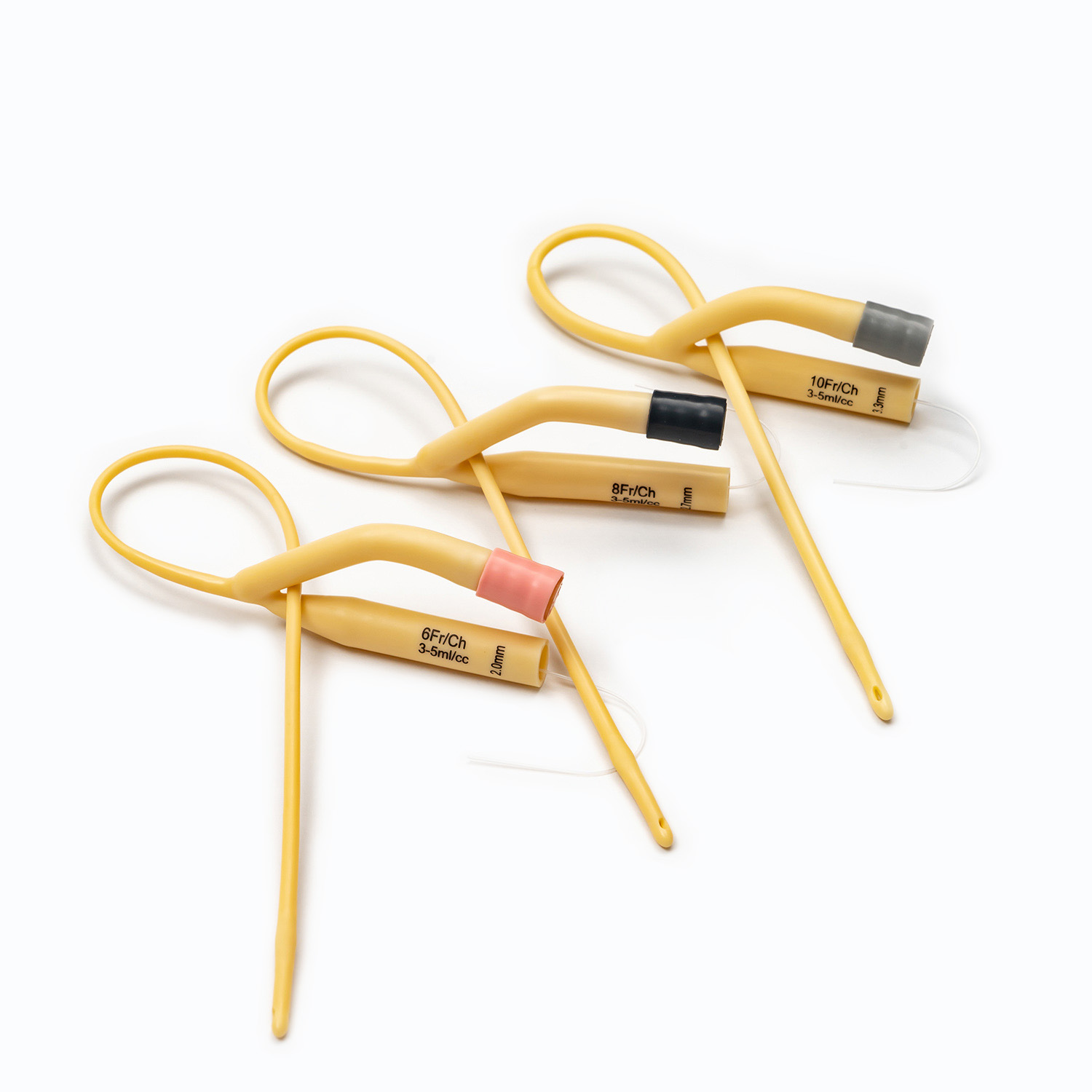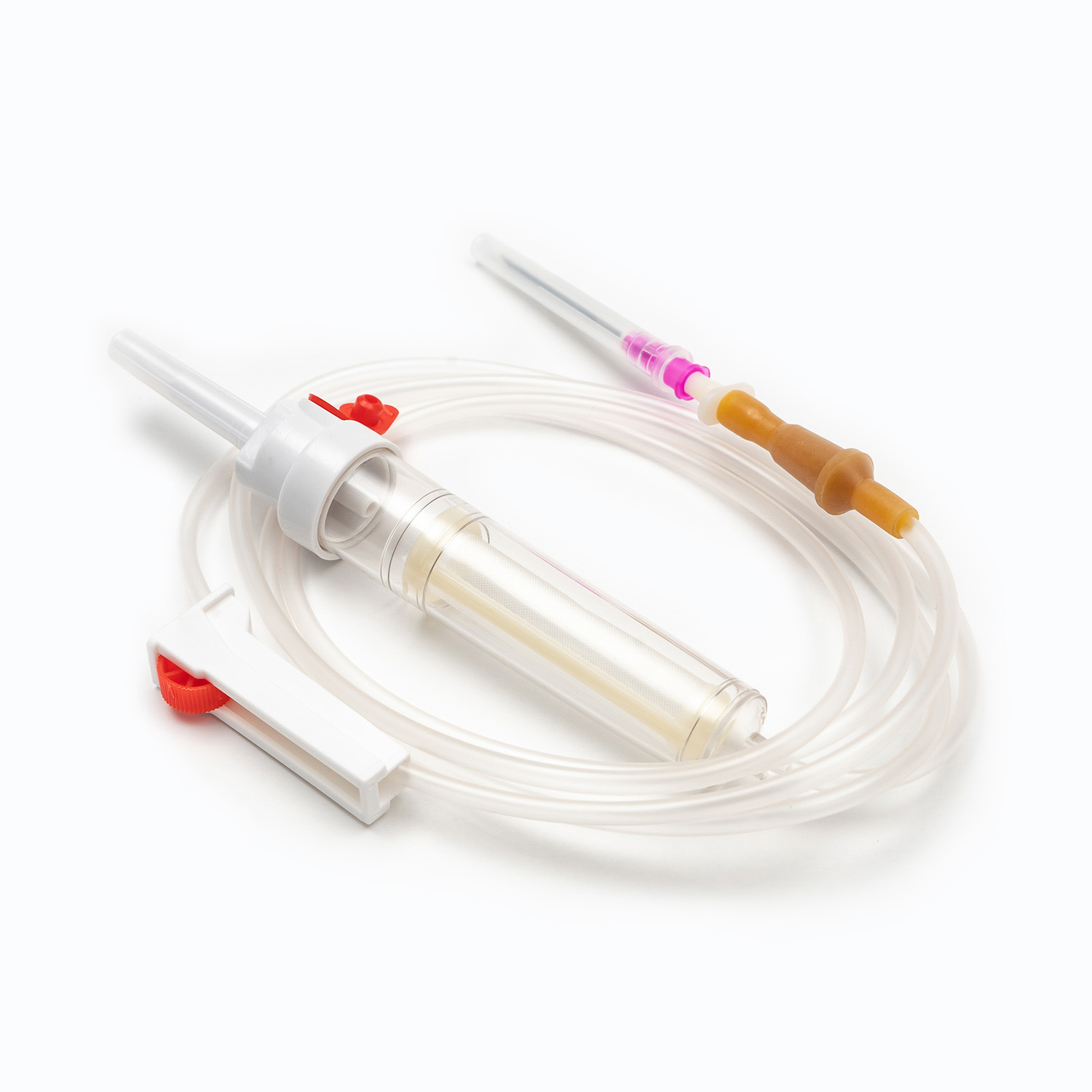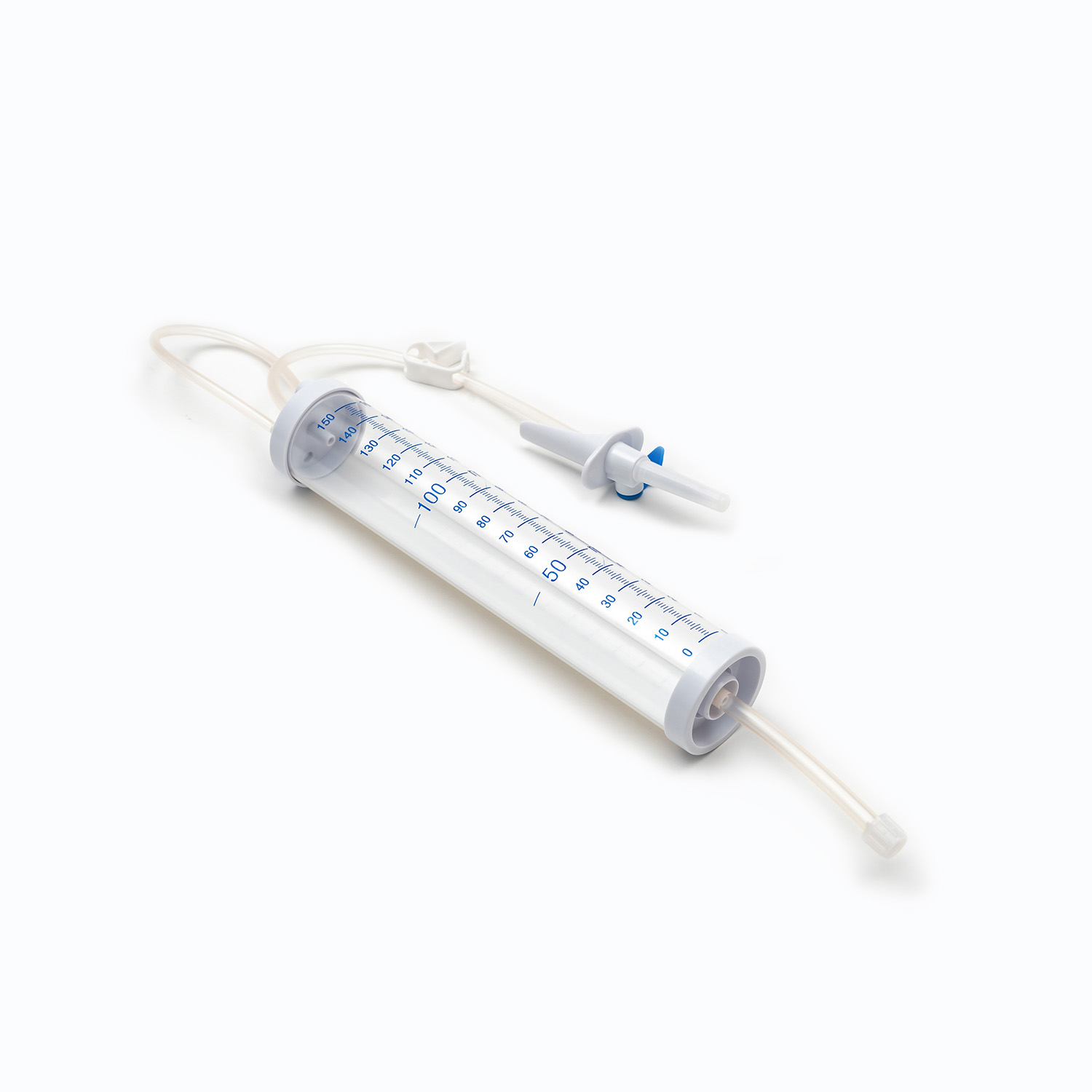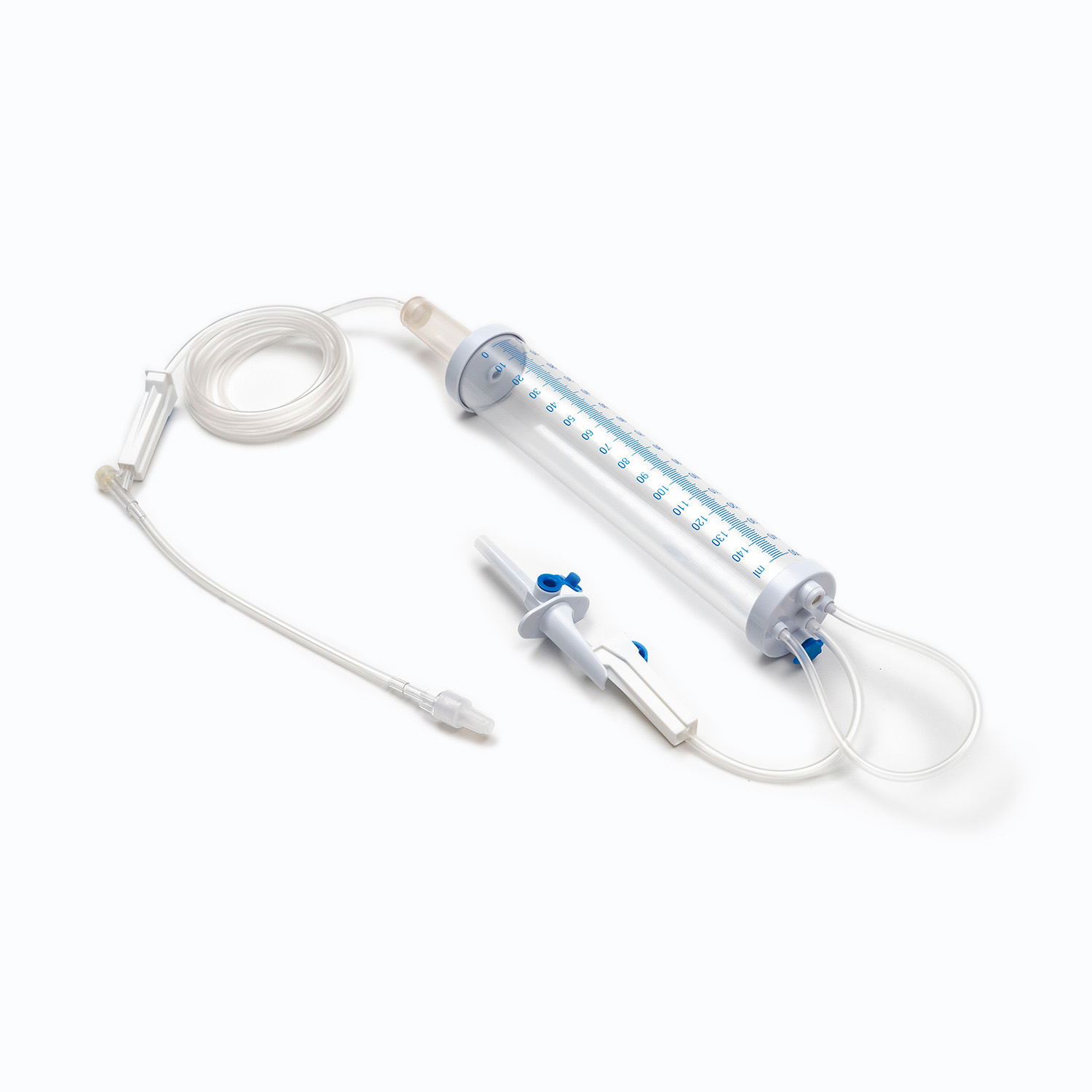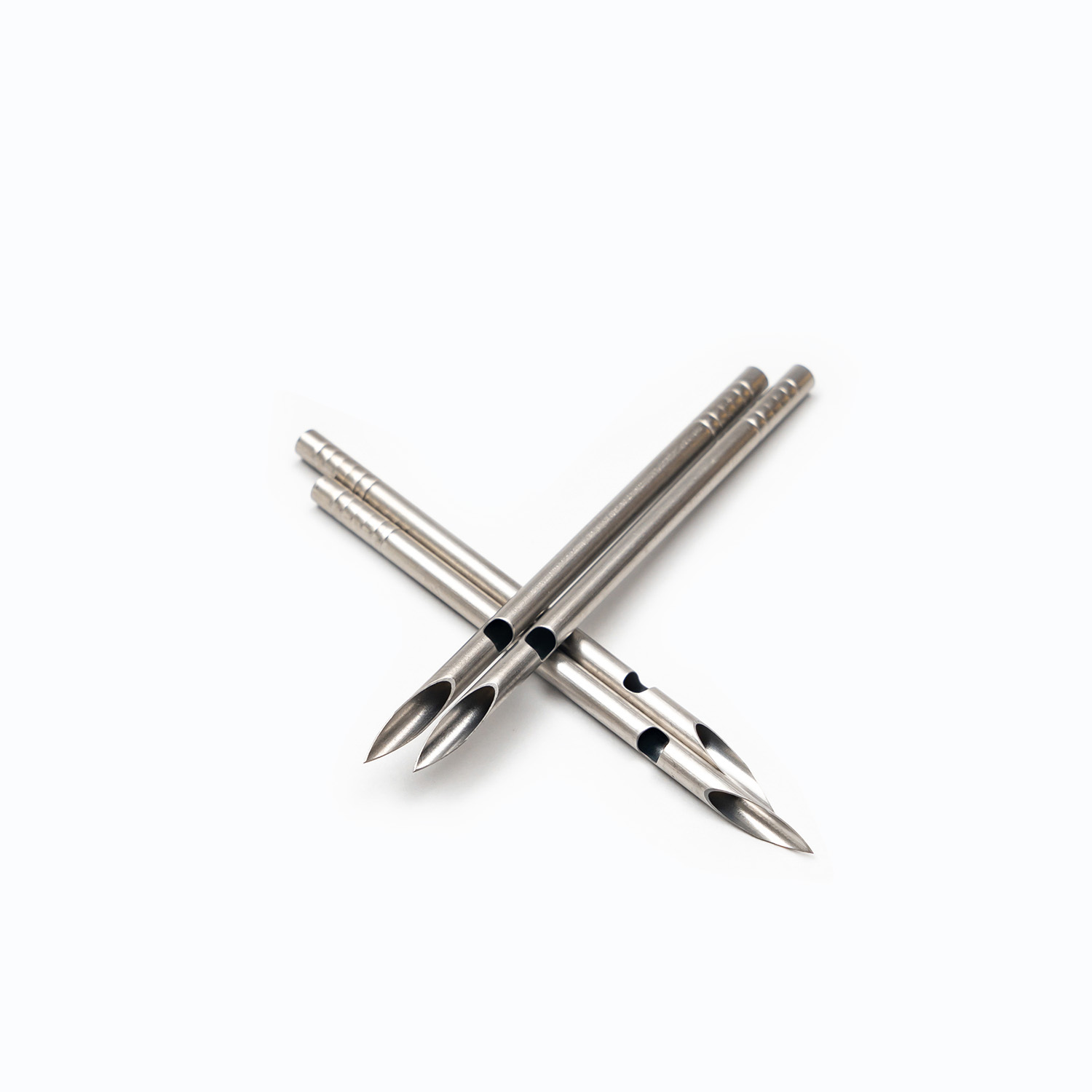Urinary catheters: invisible guardians in modern medicine
Oct 15,2024
In the vast universe of medical technology, urinary catheters may not be as dazzling as some cutting-edge therapies, but they are an indispensable "invisible guardian" in many medical scenarios. From daily care to recovery after complex surgery, urinary catheters, with their simple and efficient design, silently protect the health of patients' urinary system and have become an indispensable part of modern medicine.
Urinary catheters have a long history, and their basic principles can be traced back to ancient times, when people used various natural materials such as bamboo tubes and animal horns to drain urine. With the advancement of medicine and materials science, modern urinary catheters have evolved into materials such as medical-grade plastics, silicone or polyurethane, which are not only biocompatible and reduce the risk of infection, but also have higher flexibility and durability, can better adapt to the human anatomy and reduce patient discomfort.
The design of urinary catheters is full of a deep understanding of ergonomics and physiological mechanisms. From the diameter and length of the catheter to the shape of the tip, every parameter has been carefully calculated to minimize the trauma during insertion while ensuring smooth discharge of urine. Some high-end catheters use hydrophilic coating technology, which makes the catheter smoother when in contact with a wet environment, reducing friction and pain during insertion. Some catheters are also equipped with anti-reflux valves to effectively prevent urine from flowing back, further reducing the risk of urinary tract infection.
Urinary catheters are widely used, from short-term postoperative drainage to long-term management of urinary incontinence or chronic urinary retention. It is an important treatment method. In surgical procedures, especially for patients with urological surgery, orthopedic surgery or long-term bed rest, urinary catheters can effectively avoid urine retention and prevent postoperative complications. For patients with urinary incontinence caused by spinal cord injury, stroke or Alzheimer's disease, intermittent or long-term indwelling urinary catheters provide a huge improvement in quality of life.
Although urinary catheters bring many conveniences, the risk of infection that comes with them cannot be ignored. Urinary tract infection is one of the most common complications of indwelling urinary catheters, and in severe cases it may even lead to sepsis. Therefore, how to effectively prevent infection has become a focus of continuous attention in the medical community. This includes the use of antibiotic-coated catheters, regular urine culture monitoring, strict implementation of aseptic operation specifications, and early evaluation and timely removal of catheters.
With the rapid development of technology, urinary catheters are moving towards intelligence and personalization. Smart catheters can monitor changes in urine composition, flow, and the patient's internal environment, provide doctors with instant feedback, and help detect potential health problems early. Personalized design means customizing catheters according to the specific needs of patients, such as using 3D printing technology to make catheters that are more in line with individual anatomical structures, further improving the comfort and effectiveness of use.



 English
English Français
Français русский
русский Español
Español





